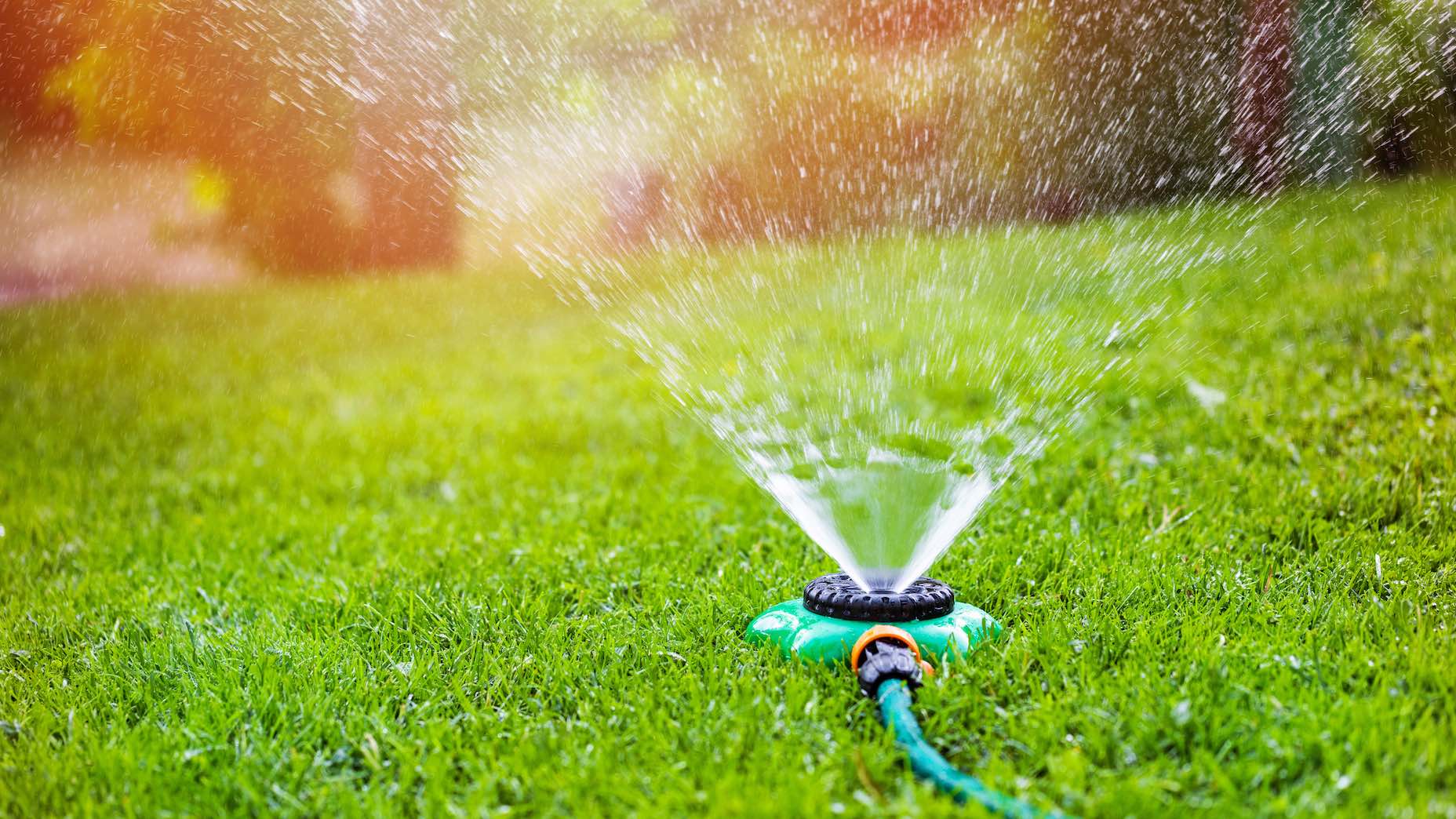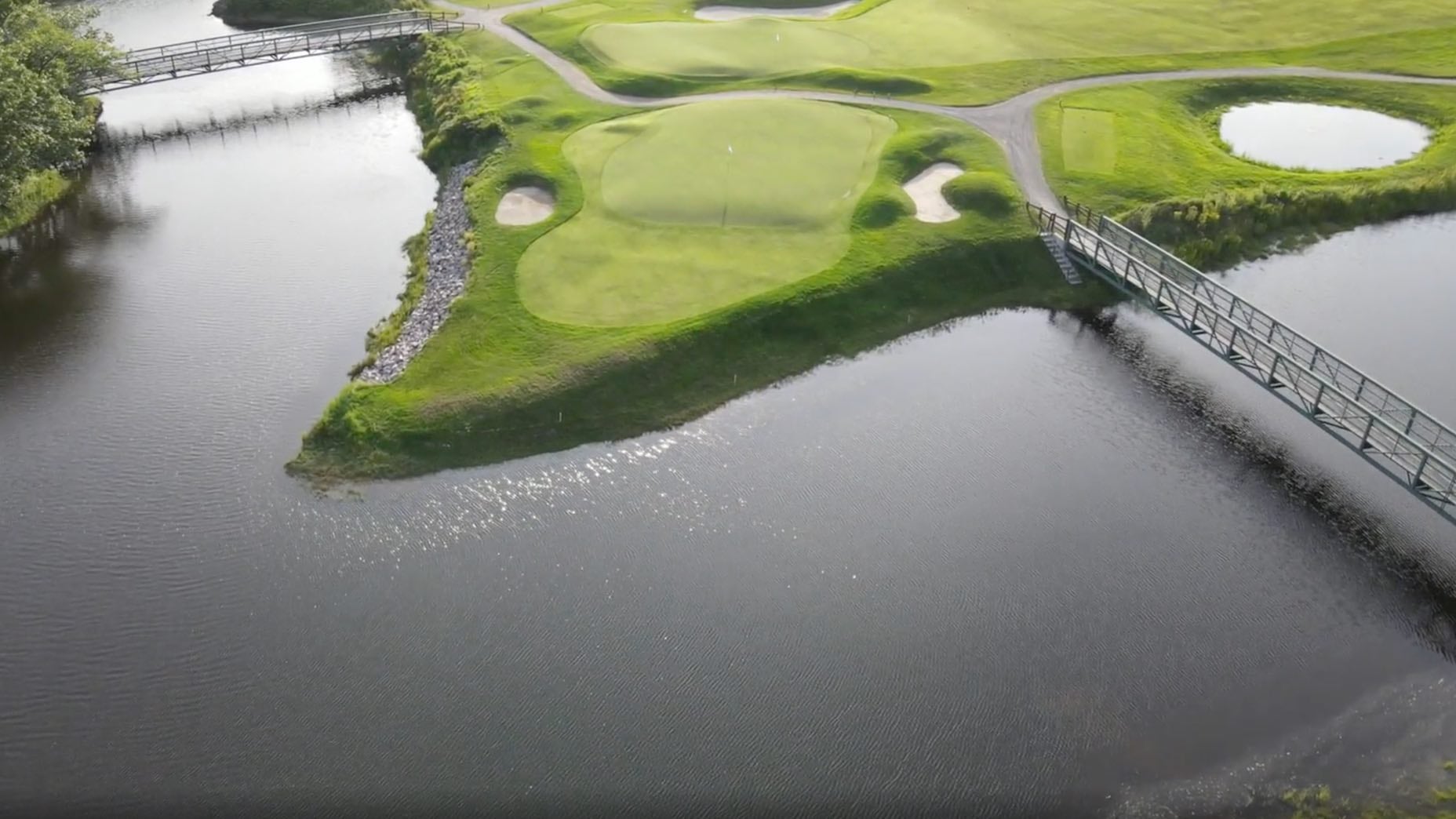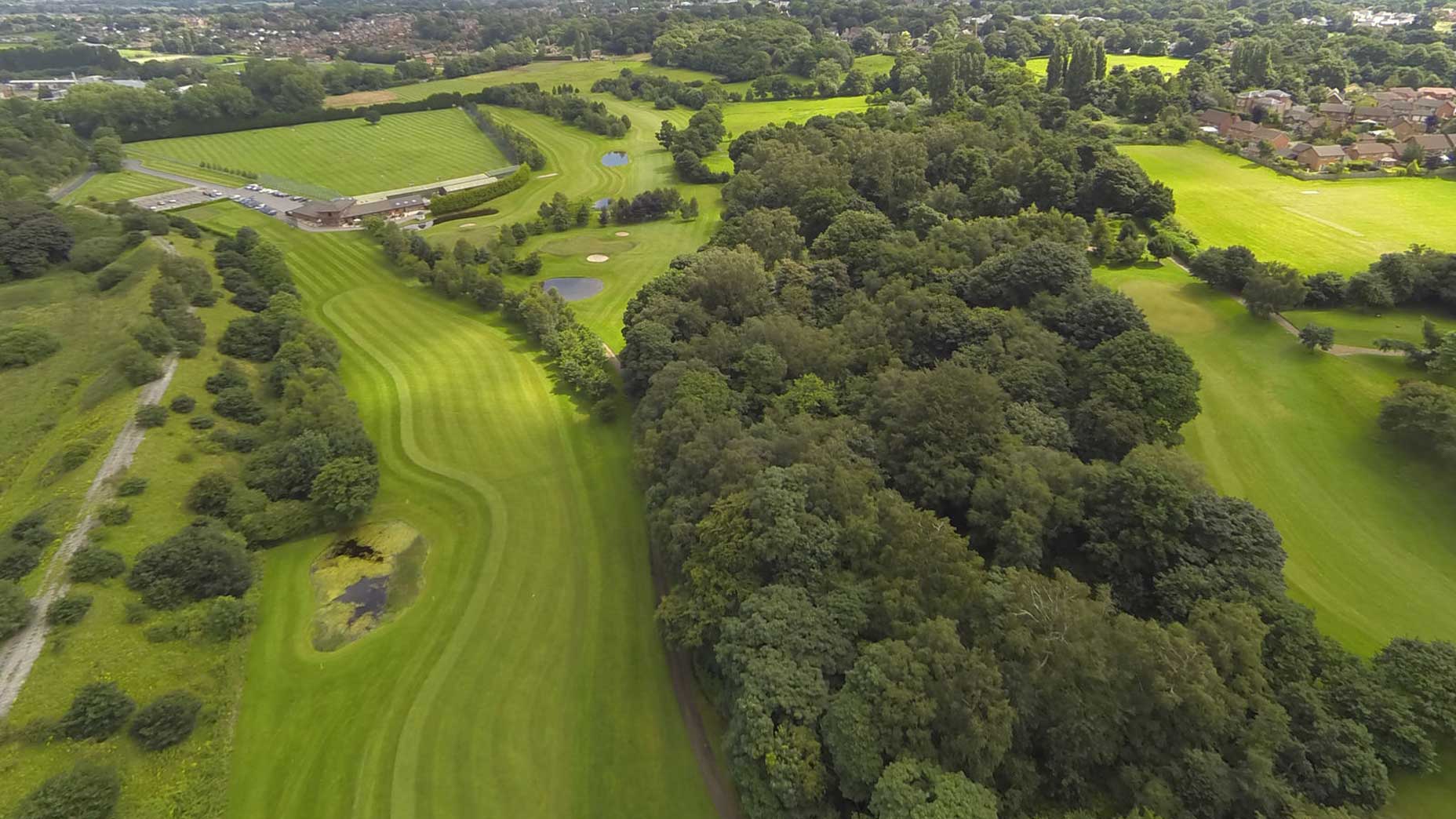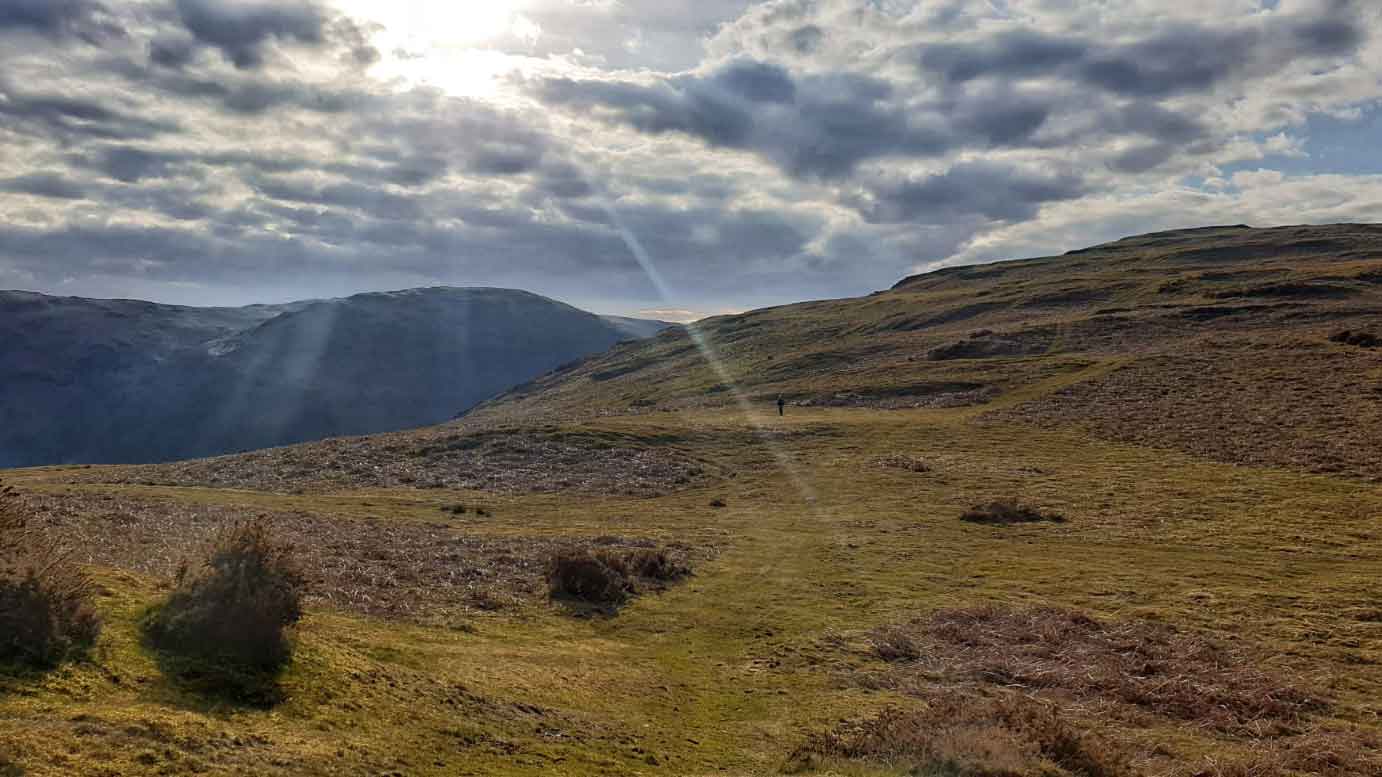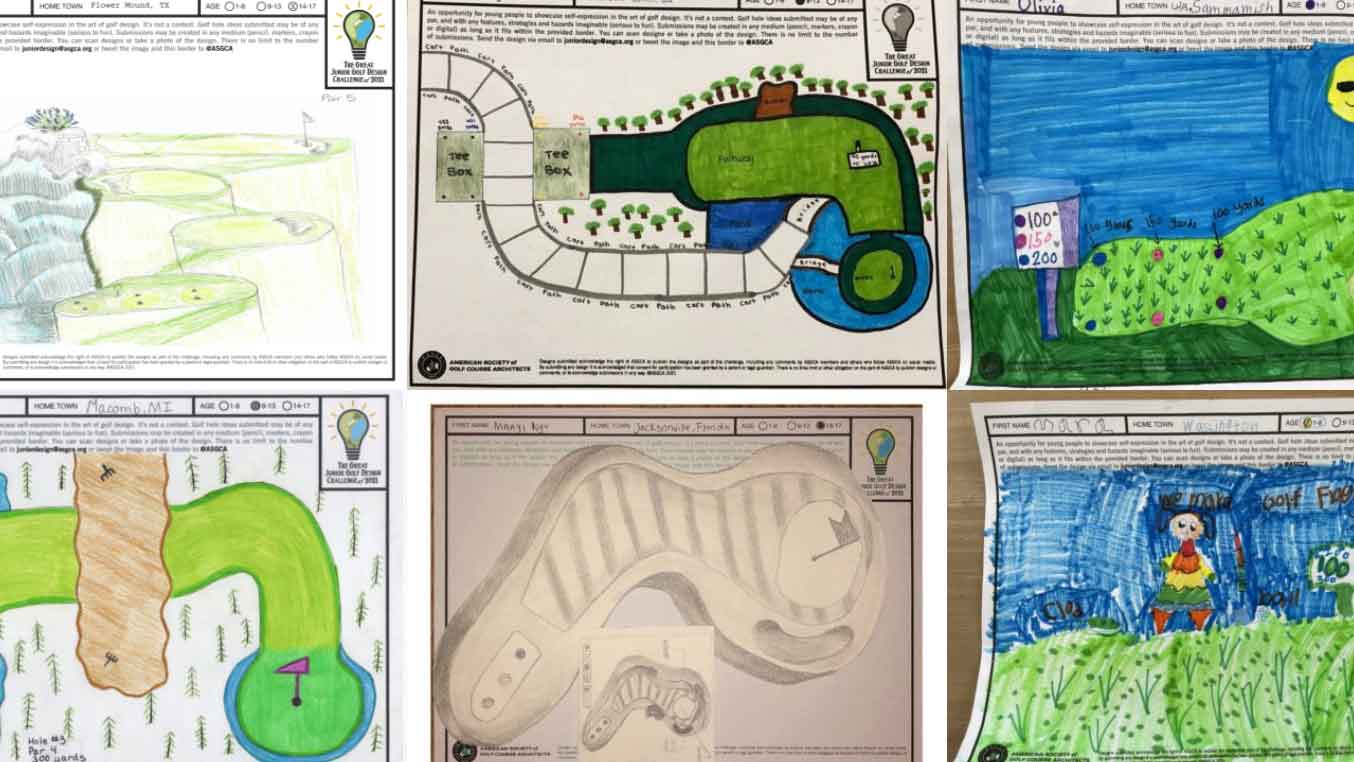Cody Semmelrock is a former mini-tour pro with an MBA in Sustainable Innovation from the University of Vermont. He is also founder of Acer Sustainability, LLC, a sustainable business strategy consultancy firm.
Having a lawn is a lot of work these days. On one hand, the pressure has never been higher to keep your turf Augusta National-green. On the other hand, water is scarce and precious in plenty of regions across the U.S. and around the world. It can be expensive. You may have restrictions on your use. And you’re looking out for the well-being of the planet. Big-picture, if you’re watering your lawn, you want to do so as efficiently as possible.
The good news is that golf courses are working hard on this dilemma every single day — and we’ve been paying attention to how they do so. Here are 10 tips we’ve borrowed from their approaches:
1. Evaluate your infrastructure
Sustainable solutions start with intentional design, so make sure you’re asking the right questions of your own outdoor space — like any good superintendent would. Any successful business evaluates, measures and re-evaluates key metrics. Golf courses are no different and provide a valuable template for success in managing a happy, healthy lawn.
Golf courses typically have involved irrigation and drainage systems that (we’re guessing) far outstrip your own acreage. But scale their approach down to your own property and contemplate your own lawn with the same critical eye. It’s important to think big-picture and then dial into answering specific questions.
Those are questions like:
How does elevation play into moisture retention in my soil?
Are the locations of my sprinkler heads optimal for water distribution?
Is the reach of my hose influencing me to water certain sections (unnecessarily) more than others?
Keep asking questions and you’ll keep improving your own efficiency, saving you effort, money and environmental impact.
Why Maine (yes, Maine!) is an underrated golf destinationBy: Dylan Dethier
2. Invest in smarter equipment
Short-term investments can pay off big-time over the long run. Leaky sprinkler? You’re drowning one square foot and parching the rest of the lawn. Bad hose attachment? Same deal — plus you’re soaking yourself in the process.
New equipment can increase your efficiency in a big way. Using a hose? Buy an automatic shut-off nozzle and you could save up to five gallons per minute, per NRDC. That’s more than just a drop in the bucket.
You could also consider investing in irrigation controllers directed by either local weather conditions or soil moisture levels — but more on these shortly.
3. Stop watering the sidewalk
One thing golf courses have gotten better and better at is watering the parts of the course that actually need it. Courses use heat-mapping technology to see where golfers actually play shots from and focus their efforts on those areas. Simply put, it’s not often you see courses watering bunkers.
In my neighborhood, on the other hand, I see front-lawn sprinklers watering the lawn — but I also see them watering the driveway or even the road itself. The pavement doesn’t need your help. Drenching your sidewalk is a good way to annoy your dog-walking neighbors, too.
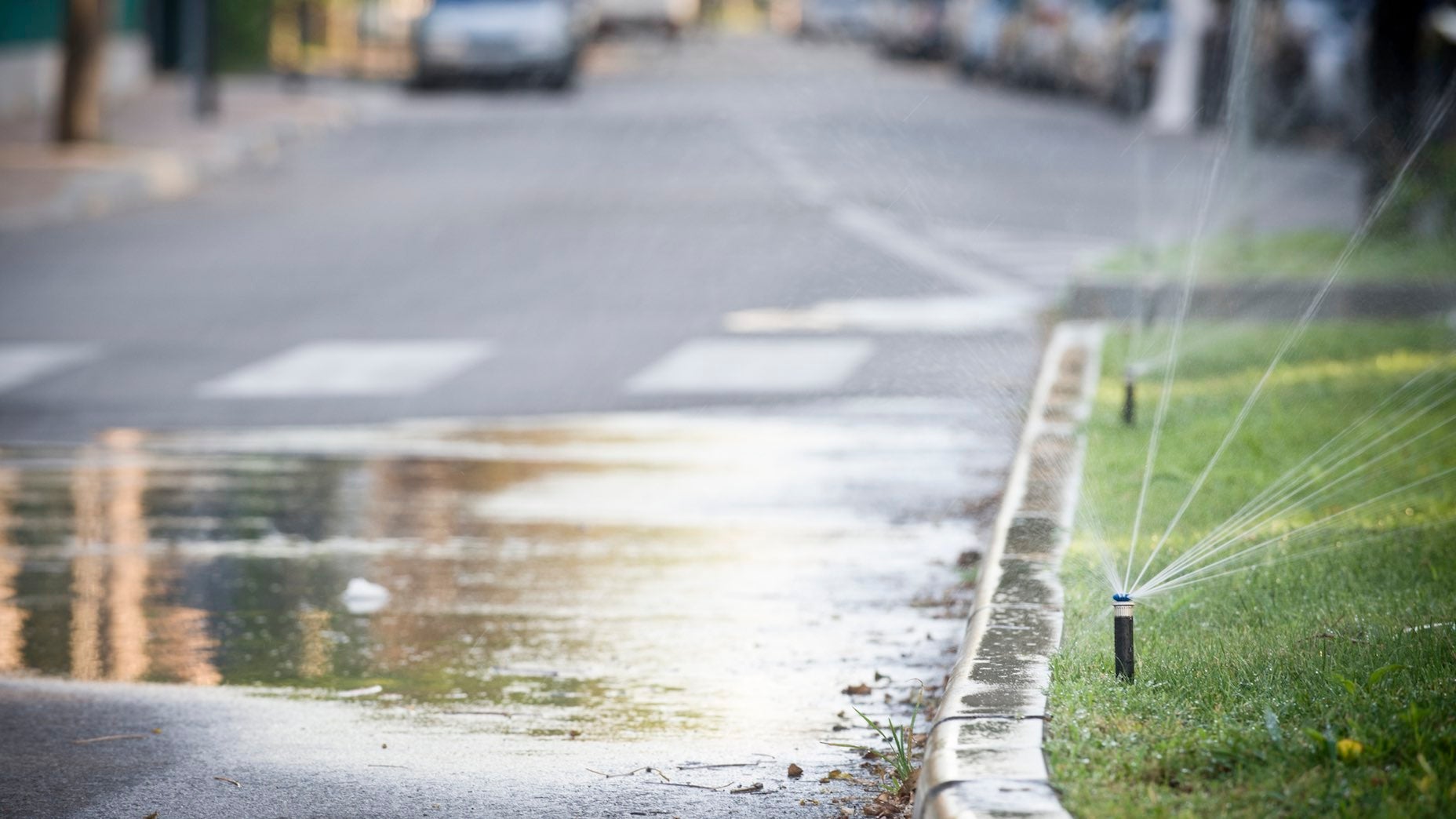
4. Convert your lawn
Some courses in parched areas have used that same heat-mapping information to identify the areas on property where golfers aren’t playing. Then they act accordingly, allowing some grassy areas to grow out and replacing other areas with low-maintenance features, like wildflowers or waste bunkers.
What’s your equivalent? Maybe there’s a corner of lawn you don’t use that could house a rock garden. Maybe you’ve thought about shrubs. How about planting native species? You can check out the Native Plant Database for inspiration on how to make these potential conversions. With the right planning, these features can add character and reduce your water usage at the same time.
5. Install a turf putting green
If you’re reading this website, we’re guessing you’ve considered a green in your yard at some point, anyway. But imagine the possibilities: Rolling a few while you’re muted on a conference call. Inviting the gang over for a putting contest. Warming up your stroke before a round. Heck, your putting might even improve. You’d be the envy of the neighborhood, and best of all, it would be low-maintenance! No watering required for a pure surface. Consider this article your permission to proceed.
Money Game: With a backyard putting green, you can sharpen your short game at homeBy: Paul Sullivan
Of course, not all turf is created equal, so we’d recommend you do your research to find a company like Home Green Advantage, which makes its materials (and even its accessories) from post-consumer recycled materials.
6. Capture rainwater
Golf courses are starting to take more and more advantage of capturing rainwater through the utilization of their built environment, and you can apply this lesson right back to your own lawn. Cisterns can be easily installed to capture water as it exits your gutters and can be used to water your lawns with very little effort. (Though it’s worth reading local rules and regulation on grey water, which is regulated state by state.)
How much water you can potentially capture, try out this formula provided by the Federal Energy Management Program, based off your footprint:
Catchment area (roof size, square feet) x Monthly rainfall (inches) x Conversion factor (0.62) x Collection Factor (75%-90% accounting for losses in the system)
7. Start composting
Golf courses require healthy soil to grow turfgrass, and one great way to promote a healthy lawn begins with your own food scraps. Some golf courses are already doing this, and there is no reason you can’t too. If done properly, organic compost can be spread thinly (don’t completely smother the blades of grass) across your lawn as a way to increase microbial activity in the soil. This practice will help keep your lawn lush and weed-free and is an especially valuable thing to do when in areas that are dry, browned or looking unhealthy. This can be done once or twice a year and although slightly more labor intensive, it will make you admire and appreciate it that much more!
8. Check the weather
Typically you won’t see sprinklers running during a rainstorm. Intuitively, this makes sense. Courses water when they need to.
How? Your course’s systems may be controlled by smart technology or by your superintendent’s manual controls. At home, if you’re lucky enough to have your own sprinklers, it makes sense to keep an eye on the weather.
You can go manual, day-by-day and weather by weather — there’s nothing wrong with a hands-on approach!
Or you can look into specialized Weather-Based Irrigation Controllers (WBIC). This solution, when compared to clock-based controllers, can save up to 15,000 gallons of water on an annual basis. If every home in America used this system properly, an EPA study found that up to 390 billion gallons of water could be saved annually, the equivalent of the annual household water needs of 5 million average American homes.
9. Monitor moisture levels
Use tech to know when your grass doesn’t need more water! It’s very important not to just take the color of your lawn at face value.
Moisture meters are the most reliable and accurate way to determine turf health. The same way a superintendent monitors different parts of the course, you should do the same with sections of your lawn – take a few jabs and see what info you get back. Some cities are incentivizing this behavior, like Sacramento, where readers may be able to take advantage of a program dishing out these free moisture monitors.
10. Use the right grass
This is true for new lawns in particular. Are you growing the proper stuff? Courses have to be very intentional in selecting grass species to come up with the most robust playing surface, which varies by climate. Although you probably won’t be taxing your lawn the same way a course does, some grasses will require more maintenance than others.
First, choose from the proper group of grasses — either Cool Season grasses or Warm Season grass — and then make sure you choose grass native to your region.
For more details and insight check out the EPA’s guide to water efficiency, and know that some states have extension programs that can further guide your quest for a healthy, sustainable lawn.
Cody Semmelrock is the founder of Acer Sustainability. Feedback? Questions? You can reach him here.
